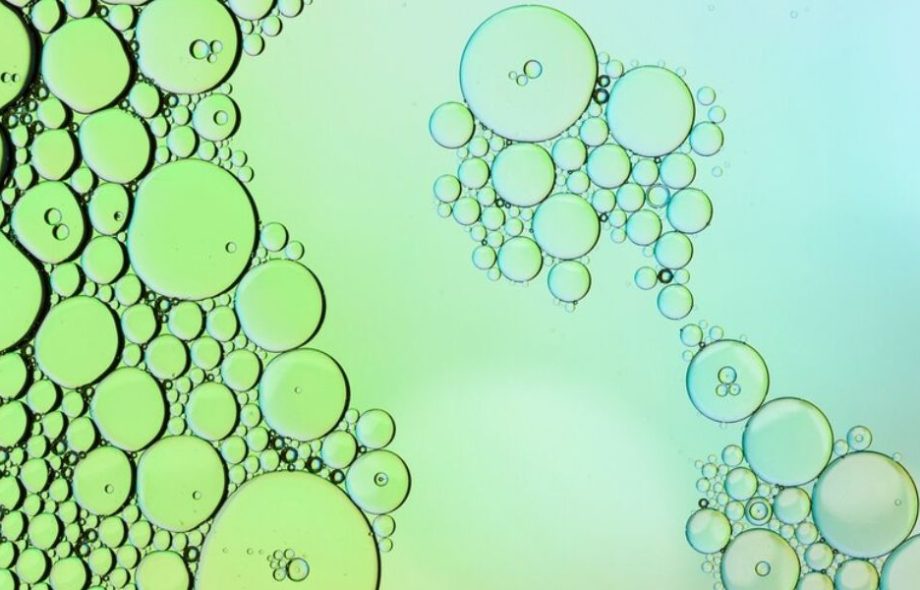In today’s world, people are looking for eco-friendly alternatives to traditional chemical products. One such innovation is biosurfactant products, which offer a sustainable and non-toxic solution for cleaning, personal care, and industrial uses. But what exactly are biosurfactant products, and why are they gaining popularity?
This article will explain everything you need to know about biosurfactant products, their benefits, and how they can replace harmful chemicals in your daily life.
What Are Biosurfactant Products?
Biosurfactant products are made from natural surfactants produced by microorganisms like bacteria, yeast, and fungi. Surfactants are compounds that reduce surface tension between liquids and solids, helping with cleaning, emulsifying, and foaming.
Unlike synthetic surfactants found in many detergents and soaps, biosurfactant products are biodegradable, non-toxic, and environmentally friendly. They are used in various industries, including:
- Household cleaning
- Personal care (soaps, shampoos, cosmetics)
- Agriculture
- Oil spill cleanup
- Medical and pharmaceutical applications
Benefits of Biosurfactant Products
Why should you switch to biosurfactant products? Here are some key advantages:
1. Environmentally Friendly
Traditional surfactants can pollute water and harm aquatic life. Biosurfactant products, on the other hand, break down naturally, reducing environmental damage.
2. Non-Toxic and Safe
Many chemical cleaners contain harsh ingredients that can irritate skin and cause allergies. Biosurfactant products are gentle and safe for both humans and pets.
3. Effective Cleaning Power
Despite being natural, biosurfactant products are highly effective at removing dirt, grease, and stains. They work just as well as synthetic cleaners but without the harmful side effects.
4. Sustainable Production
Since they are made from renewable resources (like plant sugars or waste materials), biosurfactant products support a circular economy and reduce dependence on fossil fuels.
Common Uses of Biosurfactant Products
1. Household Cleaners
Many eco-friendly cleaning brands now use biosurfactant products in dish soaps, laundry detergents, and surface cleaners. These products cut through grease and grime without leaving toxic residues.
2. Personal Care Items
Shampoos, body washes, and facial cleansers with biosurfactant products are gentle on the skin and hair. They provide a rich lather without sulfates or parabens.
3. Agriculture
Farmers use biosurfactant products to improve soil quality and help plants absorb nutrients better. They also act as natural pesticides, reducing the need for harmful chemicals.
4. Oil Spill Cleanup
One of the most impressive uses of biosurfactant products is in breaking down oil spills. They help disperse oil, making it easier for microbes to digest and clean up polluted water.
5. Medical and Pharmaceutical Uses
Because of their antimicrobial properties, biosurfactant products are used in wound care, drug delivery, and even fighting infections.
How Do Biosurfactant Products Compare to Chemical Surfactants?
| Feature | Biosurfactant Products | Chemical Surfactants |
| Biodegradability | Fully biodegradable | Often non-biodegradable |
| Toxicity | Non-toxic | Can be toxic to humans and wildlife |
| Source | Natural (microbes, plants) | Petroleum-based |
| Environmental Impact | Low | High (pollutes water & soil) |
| Cost | Slightly higher (but decreasing) | Cheaper (but harmful long-term) |
While biosurfactant products may cost a bit more now, their prices are dropping as production scales up. The long-term benefits for health and the environment make them a smart choice.
Are There Any Downsides to Biosurfactant Products?
Like any product, biosurfactant products have some limitations:
- Higher Production Costs – Making them can be more expensive than synthetic surfactants, but costs are decreasing with new technologies.
- Limited Availability – Not all stores carry them yet, but online shopping makes it easier to find biosurfactant products.
- Varied Performance – Some may work differently than chemical cleaners, but most are just as effective with slight adjustments in use.
Despite these challenges, the advantages far outweigh the drawbacks.
How to Choose the Best Biosurfactant Products
If you want to switch to biosurfactant products, here’s what to look for:
✅ Certifications – Check for eco-labels like USDA Organic, Ecocert, or EU Ecolabel.
✅ Ingredients List – Avoid products with hidden synthetic chemicals.
✅ Brand Reputation – Choose companies known for sustainable practices.
✅ Performance Reviews – Read customer feedback to ensure effectiveness.
The Future of Biosurfactant Products
As more people demand green alternatives, biosurfactant products are expected to grow rapidly. Researchers are finding new ways to produce them more efficiently, making them more affordable and widely available.
Governments and companies are also investing in biosurfactant products to meet sustainability goals. In the near future, they could replace most chemical surfactants, leading to cleaner water, healthier soil, and safer homes.
Final Thoughts
Biosurfactant products are a game-changer for eco-conscious consumers. They offer powerful cleaning, personal care, and industrial solutions without harming the planet. While they may still be developing in terms of cost and availability, their benefits make them worth considering.
 :
https://whatispicuki.info/
:
https://whatispicuki.info/

